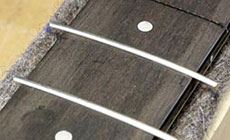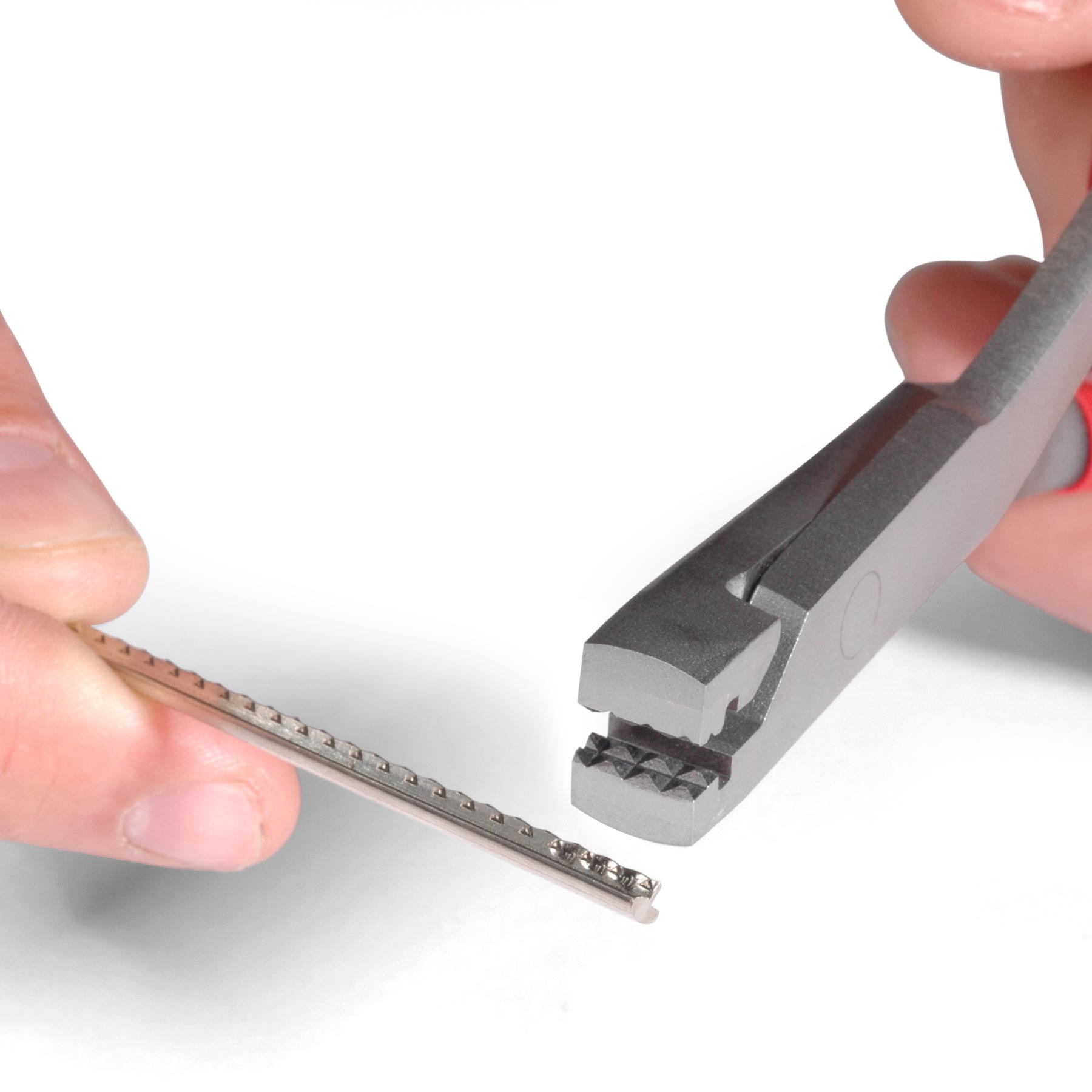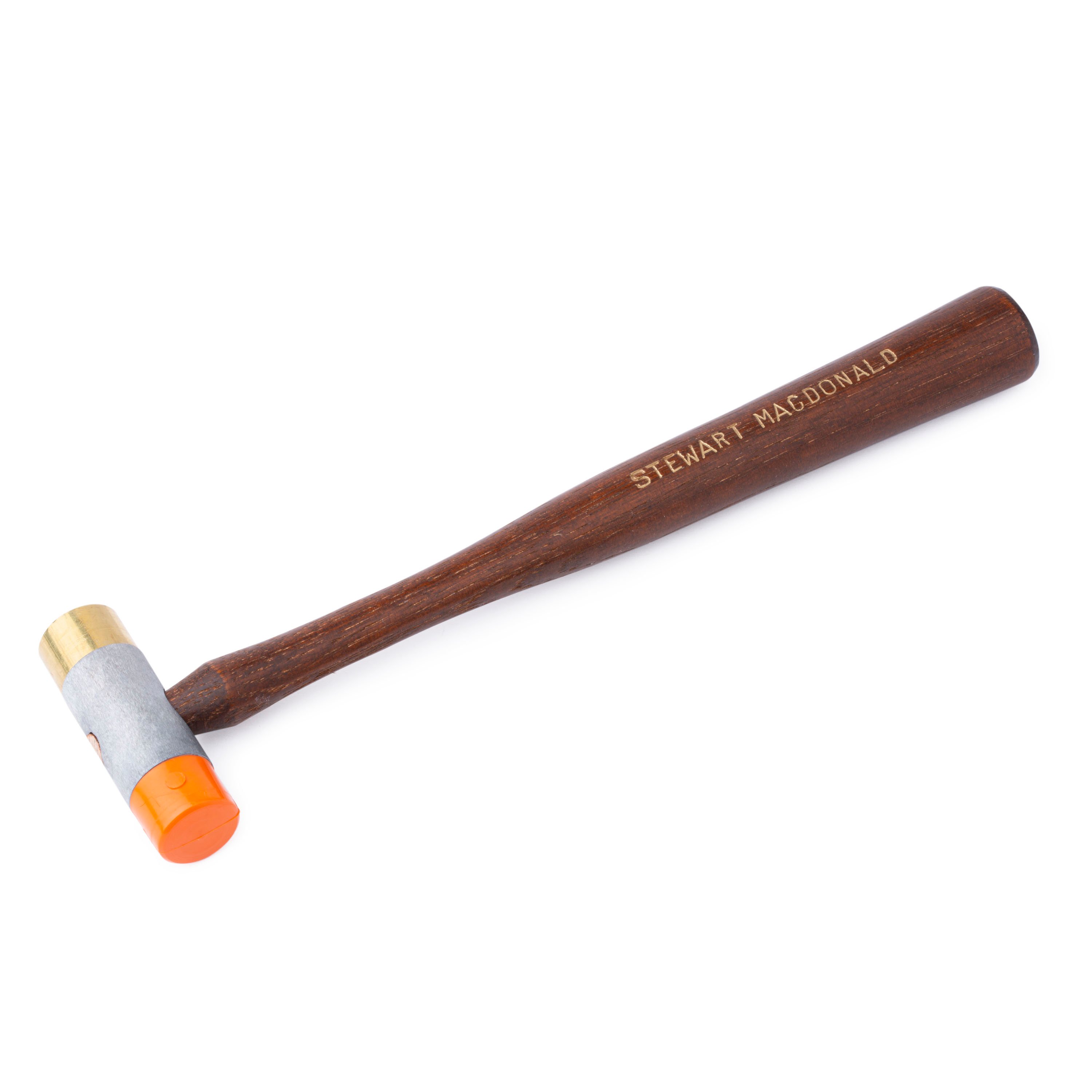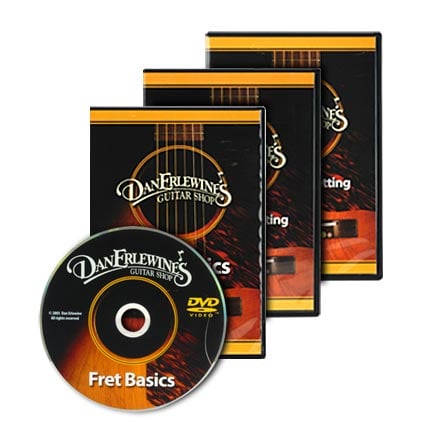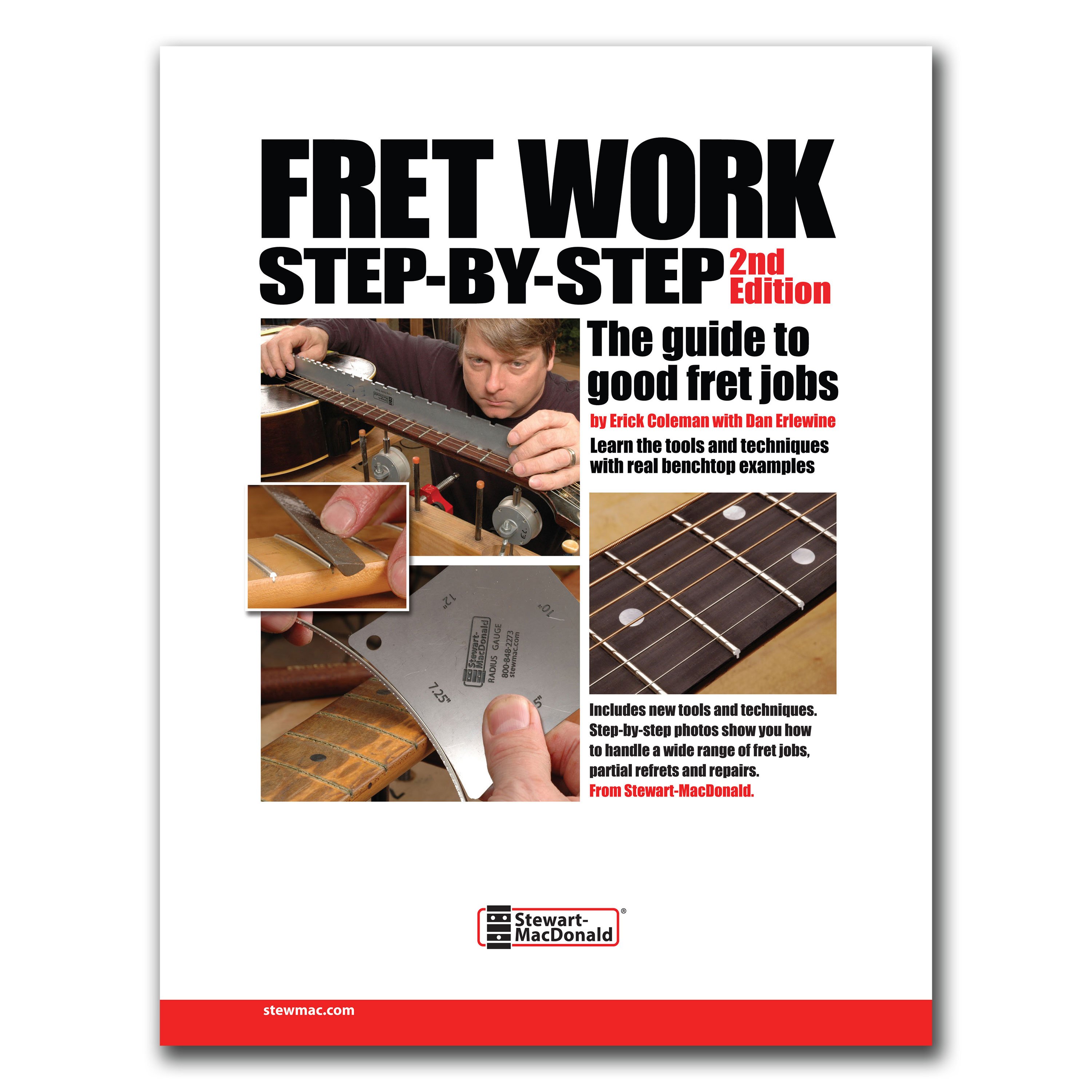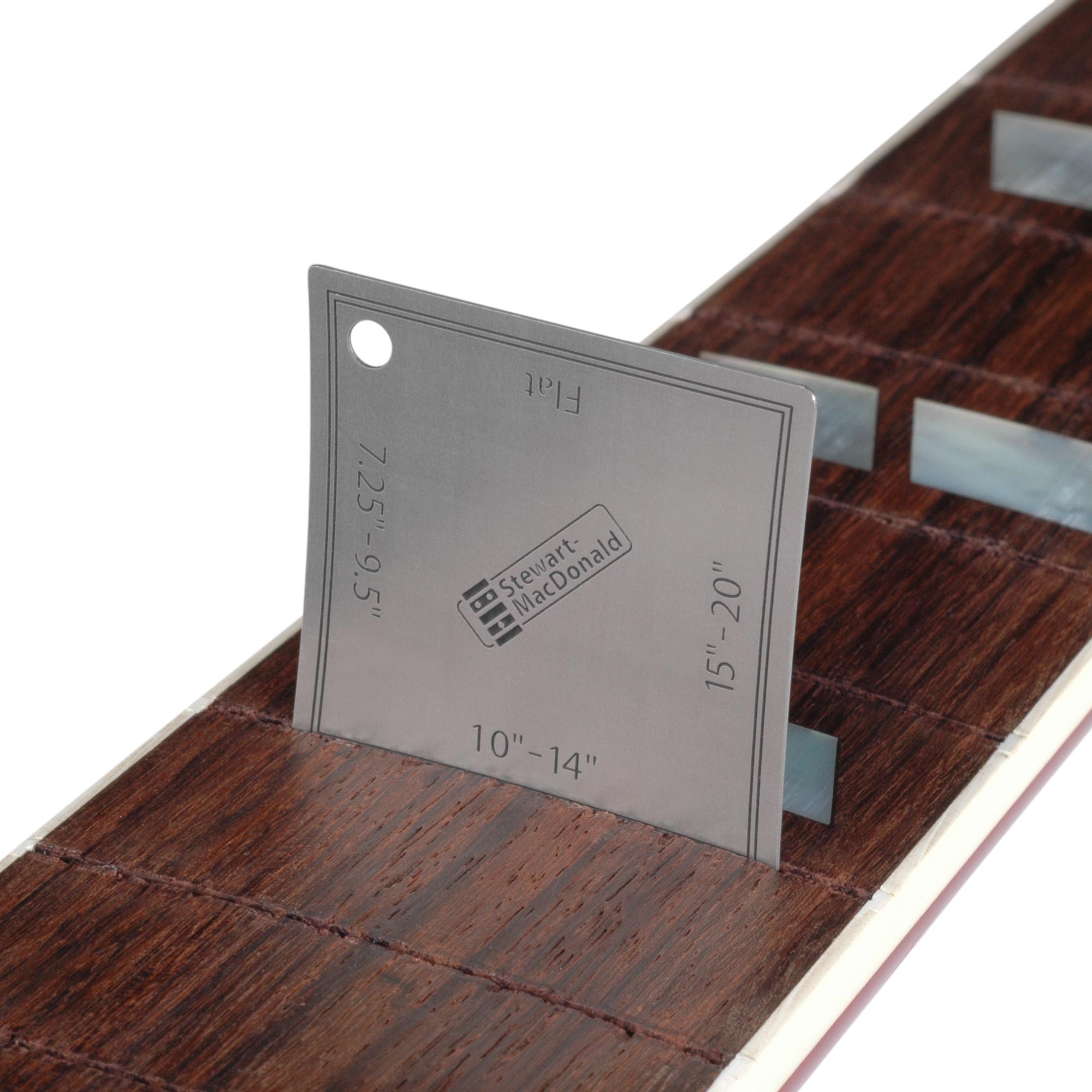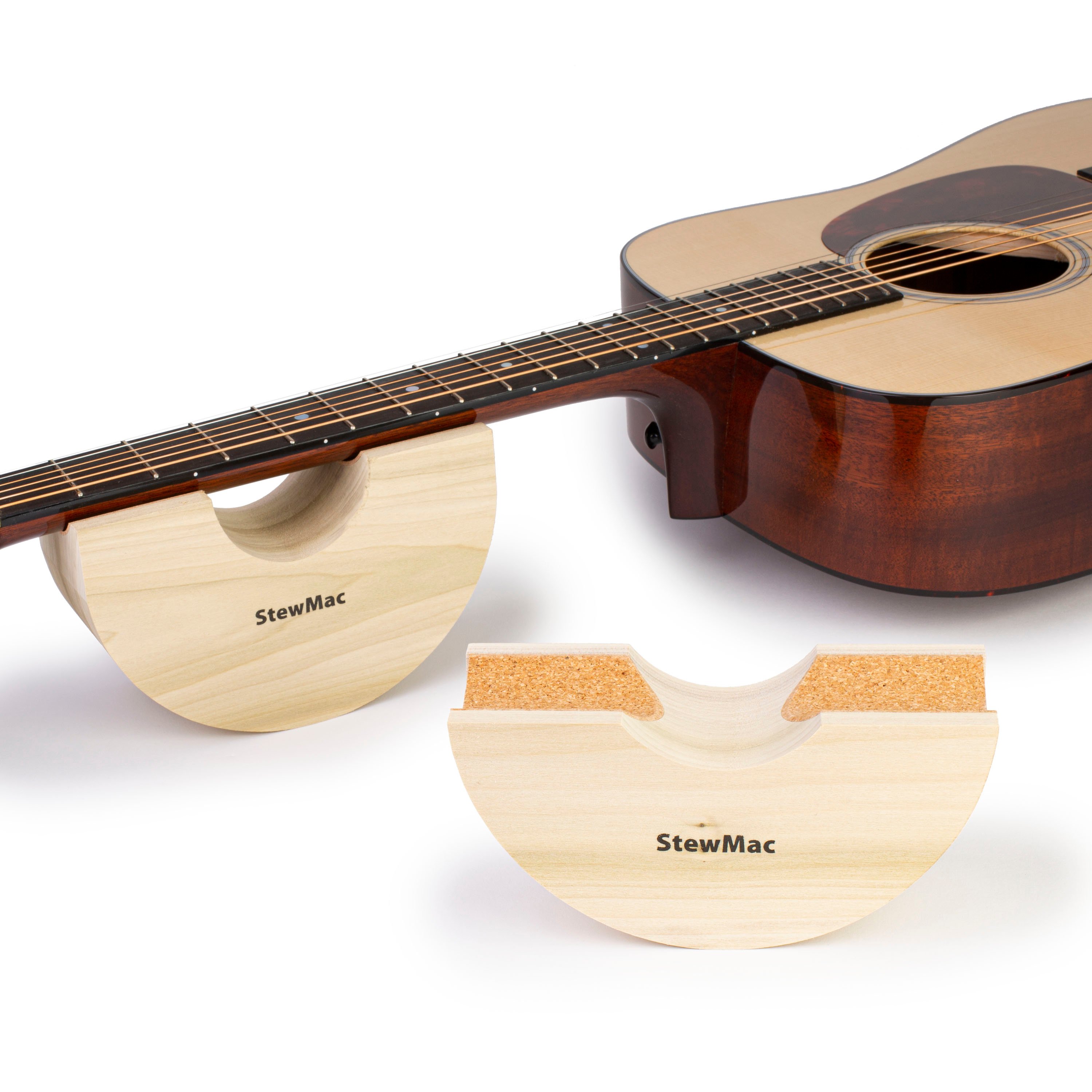How to use a Fret Hammer
One of my first lutherie tools was my trusty ol’ fret hammer. It’s a low-cost, time-tested way to install frets. Today’s fret presses have lots of advantages, but the hammer’s still the standby for some of the world’s great fretters. Let’s take a look at how to use it... Seating frets with a hammer is simple, and you’ll be good at it with just a little practice. When you develop your technique, it goes really fast: a few years back at an ASIA Symposium (Association of Stringed Instrument Artisans), I watched Frank Ford use a hammer to refret an old Martin in way less than 30 minutes. That’s skill! Make sure your workbench is solid and stable. You don’t want it to flex or bounce. You might find that your bench has sweet spots where it’s the most solid. That's where you want to do your hammering. A sturdy yet forgiving neck support is needed to absorb the hammer blows. You could try a bag of sand, or make a padded caul. I like to use the StewMac rocking neck rest. Since I’m going to be hammering, I add a piece of protective felt to the top to make sure I don’t damage the neck’s finish. Dan Erlewine likes to place a bag of sand on top of this rocking neck rest. With any method of fretting, the fit of the fret tang is very important. Clean the fret slots and check their depth to make sure the fretwire tang will fit down in there. In the photo, I’m using a new little gizmo: the fret slot depth gauge lets me eyeball the fret depth fast. It’s radiused, but it’s much smaller than a radius gauge, so it fits the slots on bound fingerboards. How about the width of the slot? Does it fit the fret? Feeler gauges will tell you that. I don’t like to modify the slots, especially on vintage guitars. If the wire’s just a little too loose or tight in the slot, I use my Fret Crimper to crimp or mash the tang for a perfect fit. I like to slightly overbend the fretwire, so it’s radiused a little tighter than the fretboard radius. This is good practice for all methods of fretting, to keep the fret ends from springing up after installation. I used the FretBender to put the radius on this wire before I cut it into fret lengths. With the fretwire overbent, cut to length, and sized to fit the slots, it’s time to get the hammer out. (I made my fret holder by drilling into a piece of scrap wood.) Make yourself a handy holder for frets cut to length: drill and number a hole for every fret on the fingerboard. The fret hammer has two heads. I find that the plastic head is perfect for all fretwork. I know the brass head is soft enough not to mar the frets, but plastic’s even gentler, and it always gets the job done for me. Balance the fret in the slot and tap in the ends. I don’t drive them all the way in, just enough to secure them. Hold the hammer with the handle parallel to the fret, and carefully drive the fret in with a series of blows. You can work from the ends in, from the center out, or from one end to the other — whatever works for you. But keep that hammer moving to avoid dents or flat spots that’ll happen if you keep whackin’ the same spot. You want the hammer to hit square to the fret. Hitting with the edge of the head could dent or kink the fret (then you’ll have to start over with a fresh piece of fretwire). The end result: perfectly seated frets, ready for leveling and dressing! If you’re fretting a customer’s guitar, the low cost of the hammer method makes the profit on the job that much sweeter! For in-depth fretting details, check out our book Fretwork-Step By Step. And you can learn fretting from the guy who taught me by watching Dan Erlewine’s fretting lessons on DVD!How to install frets with a fret hammer
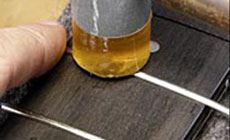
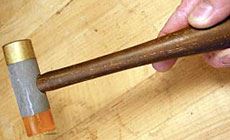
Use a solid work surface
And a good neck support
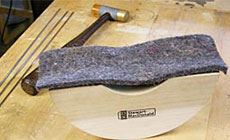
Does the fret fit the slot?
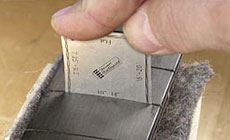
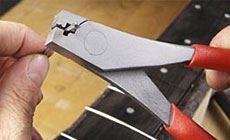
Pre-bending is a good idea
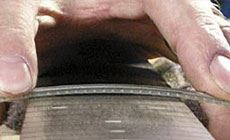
Hammerin’ time
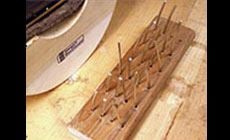
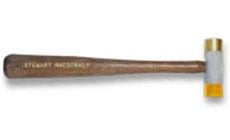
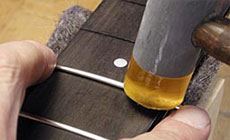
Tah-dah!
